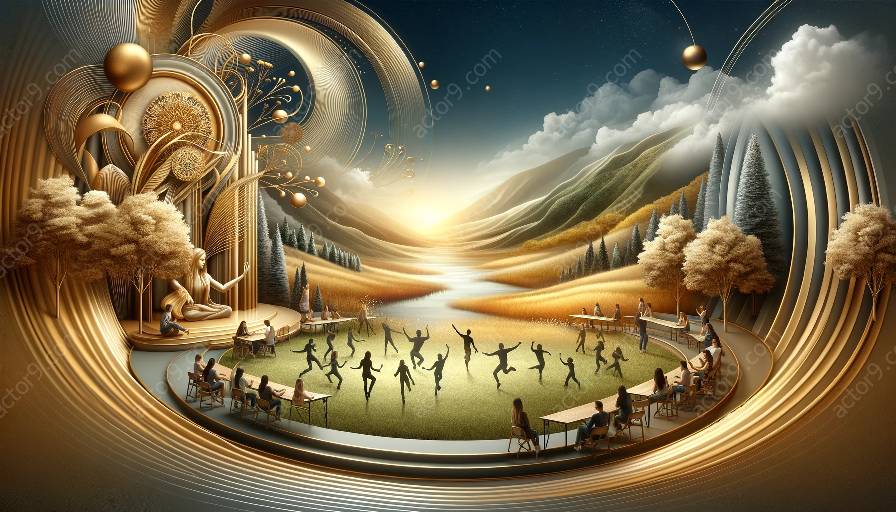Physical theatre in education is a dynamic and engaging approach to learning that integrates movement, storytelling, and improvisation. It offers a range of benefits for students, including improved physical expression, communication skills, and creativity. The key elements of physical theatre in education encompass various techniques and practices that contribute to a holistic learning experience.
Movement
Movement is a fundamental element of physical theatre in education. Students learn to use their bodies as a means of expression, communication, and storytelling. Through movement exercises and choreographed routines, students develop physical awareness and expressiveness, fostering a deeper understanding of their own bodies and the space around them.
Gestural Communication
Gestural communication plays a crucial role in physical theatre. Students explore the nuances of non-verbal communication, using gestures to convey emotions, thoughts, and narratives. This element allows students to develop a greater understanding of the power of body language and its impact on interpersonal interactions.
Storytelling and Narrative
Storytelling forms the core of physical theatre in education. Students engage in crafting narratives through physical movements and expressions, enabling them to explore different characters, scenarios, and emotions. By integrating storytelling with physical actions, students enhance their imaginative and creative abilities, leading to a deeper appreciation for the art of storytelling.
Improvisation and Creativity
Physical theatre in education encourages improvisation and creative exploration. Students are prompted to think on their feet, respond to unexpected situations, and adapt to changing movement dynamics. This element nurtures students' creativity, flexibility, and problem-solving skills, fostering an open and adaptive mindset.
Collaboration and Ensemble Work
Collaboration and ensemble work are integral to physical theatre in education. Students engage in group exercises, co-creating performances, and supporting each other's creative expressions. This collaborative element promotes teamwork, empathy, and a sense of community, allowing students to develop essential interpersonal skills.
Integration of Multidisciplinary Arts
Physical theatre in education often integrates various art forms, such as dance, music, and visual arts. This interdisciplinary approach enriches students' learning experiences, providing them with a broader perspective on artistic expression and fostering a holistic understanding of the arts.
Reflection and Self-Expression
Reflection and self-expression are emphasized in physical theatre education. Students are encouraged to analyze their performances, express their thoughts and emotions, and develop a sense of self-awareness. This element cultivates autonomy, self-confidence, and self-evaluation skills, empowering students to articulate their ideas and experiences.




































